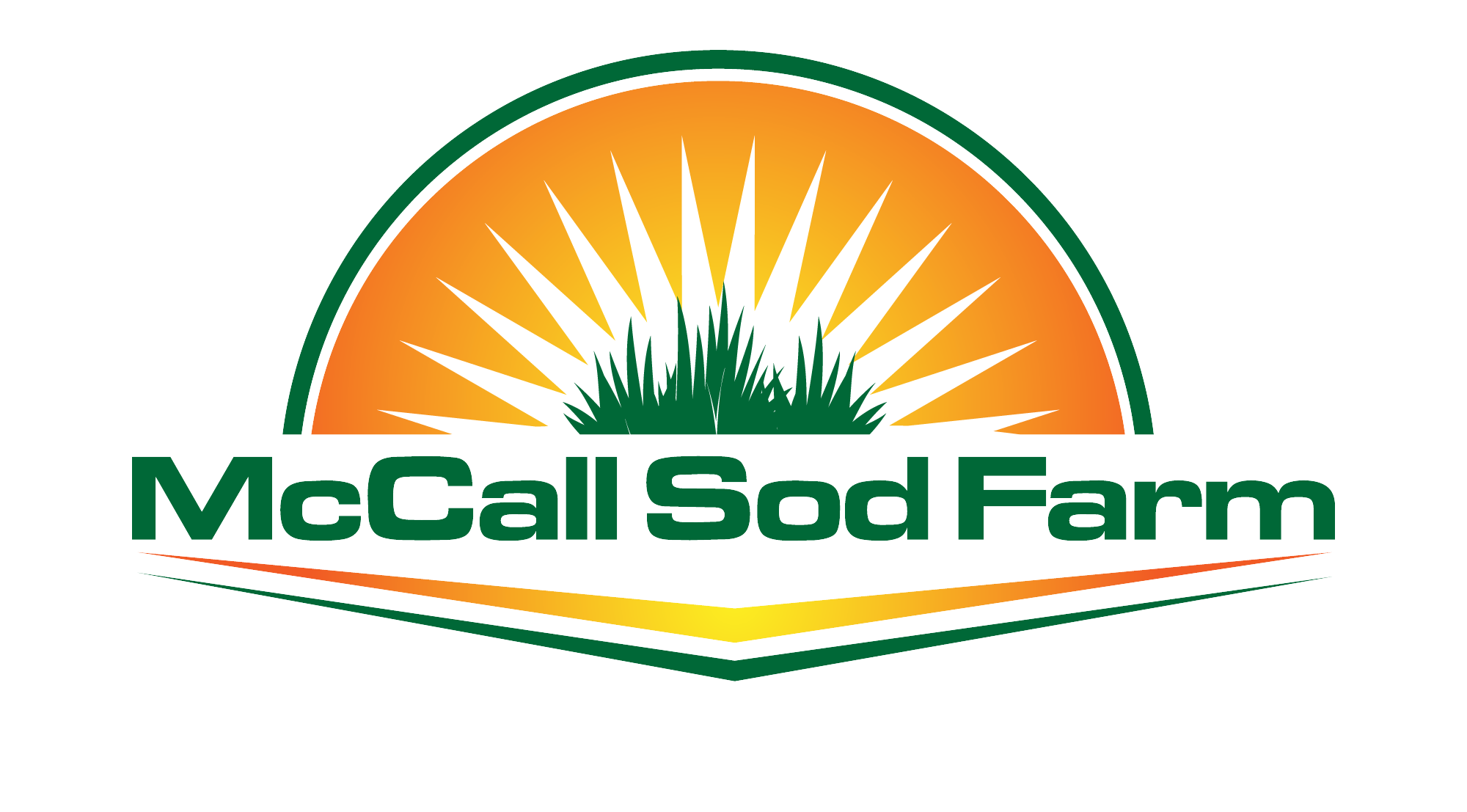Choosing the right sod for your lawn in Northwest Florida is crucial to ensuring a lush, healthy yard that thrives in the region’s hot, humid summers and mild winters. The sandy soil, fluctuating rainfall, and occasional drought conditions make sod selection an important decision. This guide will walk you through the best options for Northwest Florida to help you establish a resilient and low-maintenance lawn.
1. Consider the Climate Northwest Florida falls into a warm-season grass region with occasional cold snaps. The best sod choices for this climate include:
- St. Augustine Grass – A popular choice due to its ability to handle heat, humidity, and moderate shade. Varieties like Floratam and Seville are commonly used in the area.
- Bermuda Grass – Ideal for sunny areas, this grass is highly drought-tolerant and durable but requires frequent mowing.
- Zoysia Grass – A great all-around option that tolerates heat, moderate shade, and high foot traffic. Empire and Emerald Zoysia are good choices for Northwest Florida.
- Centipede Grass – Low-maintenance and well-suited for the region’s sandy soil, making it a good choice for homeowners who prefer minimal upkeep.
- Bahia Grass – A tough, drought-resistant grass that thrives in sandy soils but has a coarser texture than other sod types.
2. Assess Your Lawn’s Sunlight Exposure Northwest Florida lawns often have a mix of full sun and partial shade due to tree coverage. Choose sod based on your lawn’s light conditions:
- Full Sun – Bermuda, Bahia, and Zoysia grasses thrive in direct sunlight.
- Partial Shade – St. Augustine and certain varieties of Zoysia can tolerate moderate shade.
- Heavy Shade – If your yard has dense shade, sod may struggle, and you might consider alternative ground covers or landscaping solutions.
3. Evaluate Your Soil Type Northwest Florida’s soil is typically sandy, which affects drainage and nutrient retention. Consider these factors when choosing sod:
- Sandy Soil – Bahia, Bermuda, and Centipede grasses perform well in sandy, well-draining soils.
- Nutrient-Rich or Amended Soil – St. Augustine and Zoysia grasses thrive when organic matter or fertilizers are added to improve soil quality.
- Soil Preparation Tip – Conduct a soil test before installing sod to determine if lime or fertilizers are needed for optimal growth.
4. Determine Your Lawn’s Maintenance Needs Some sod varieties require more upkeep than others. Choose based on your preferred level of maintenance:
- Low-Maintenance Sod – Centipede and Bahia grasses require less mowing and fertilization.
- Moderate to High-Maintenance Sod – St. Augustine, Bermuda, and Zoysia grasses require regular mowing, watering, and fertilization to maintain their lush appearance.
5. Check for Traffic Tolerance If you have children, pets, or expect frequent foot traffic, pick a durable sod variety:
- High-Traffic Areas – Bermuda and Zoysia grasses are excellent for withstanding wear and tear.
- Moderate-Traffic Areas – St. Augustine and Centipede grasses offer good durability with moderate maintenance.
- Low-Traffic Areas – Bahia grass is a tough option but less visually appealing than other sod types.
6. Verify Local Regulations and Availability Some areas in Northwest Florida may have water-use restrictions or HOA guidelines regarding sod varieties. Check with local suppliers and extension offices to ensure your chosen sod is suitable and readily available.
Final Tips for Choosing Sod
- Buy from a reputable sod farm or supplier to ensure high-quality, weed-free sod.
- Request a soil test before purchasing to determine if any amendments are needed for optimal sod growth.
- Consider using sod blends that mix different grass types to improve adaptability and resilience.
Selecting the right sod is a crucial step in achieving a beautiful, long-lasting lawn in Northwest Florida. By considering climate, sunlight, soil type, maintenance needs, and traffic tolerance, you can ensure your sod thrives for years to come.

